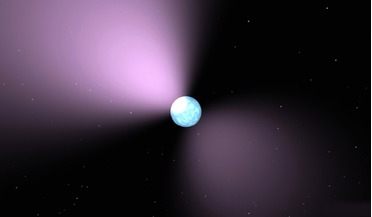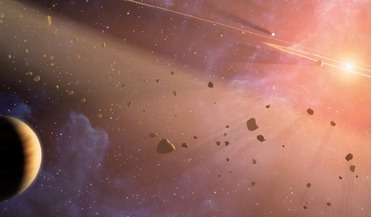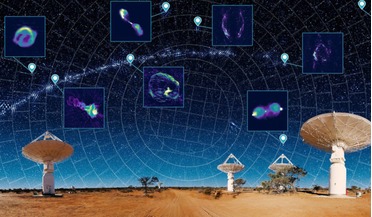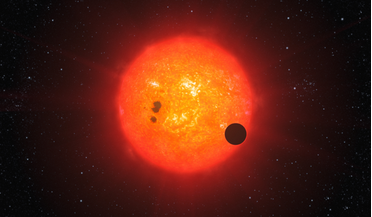 September 2017
Telescope targets enigmatic deep space mystery
September 2017
Telescope targets enigmatic deep space mystery
... detections Until 2016, each one-off FRB event was discovered using a single dish telescope, such as the Parkes radio telescope in Australia. This generally results in a detection with relatively poor angular resolution, meaning researchers are...
 August 2020
Revisiting the Drake Equation - a cultural addendum
August 2020
Revisiting the Drake Equation - a cultural addendum
... at the NRAO in Greenbank West Virginia in 1958. Drake set up NRAO’s first millimetre-wave telescopes and pioneered the use of radio telescopes in the search for extraterrestrial intelligence (SETI). Addendum Can something as culturally specific and...
 02 December 2020
Astronomers map a million previously undiscovered galaxies in record time
02 December 2020
Astronomers map a million previously undiscovered galaxies in record time
...an important technology demonstrator for the Square Kilometre Array (SKA); an international effort to build the world’s largest radio telescope. The SKA will eventually use thousands of dishes and up to a million low-frequency antennas that will work...
 March 2017
Planetary nebulae may hold clue in search of helium-3
March 2017
Planetary nebulae may hold clue in search of helium-3
..., hence detecting 3He+ in planetary nebulae challenges the sensitivity limits of all existing radio telescopes. Hunt for the 3He+ emission A whole host of radio telescopes and hundreds of hours observing time have been involved with trying to detect...
 September 2017
Science searches for cosmic company
September 2017
Science searches for cosmic company
... also improvements in technology that can broaden the search and increase its speed. Larger radio telescopes, including the new FAST 500 m radio telescope in China and the Square Kilometre Array being built in South Africa and Australia...
 17 February 2020
Earth-sized planet behind unusual star signals say astronomers
17 February 2020
Earth-sized planet behind unusual star signals say astronomers
... as long as 100 kilometres! As such it takes a different kind of “telescope” to look for radio waves. Instead of one huge telescope, like the type that optical telescopes use, radio telescopes are made up of many dishes or antennas spread over a wide...